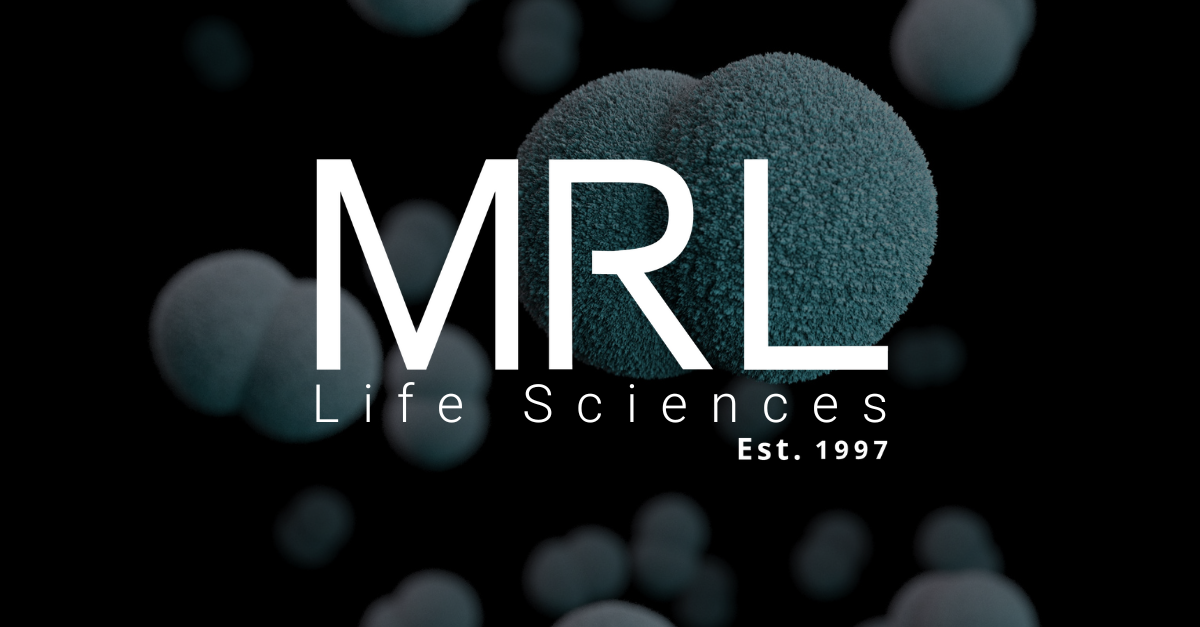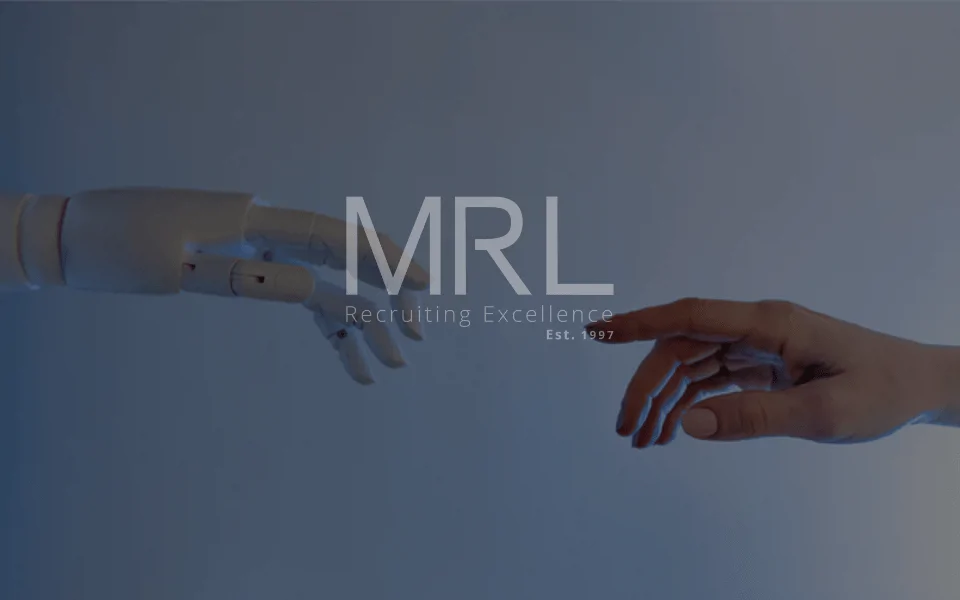How can gene editing be used in vaccine development?
31 Jul, 20235 minutesIn the rapidly evolving field of medical research, gene editing has emerged as a transformat...

In the rapidly evolving field of medical research, gene editing has emerged as a transformative tool, holding immense potential in various scientific disciplines and applications. Among these, vaccine development has particularly benefited from gene editing techniques.
What is gene editing?
Gene editing is a type of genetic engineering that allows scientists to modify DNA in different types of organisms such as bacteria, animals, and plants. Gene editing is achieved through various techniques, including:
- Zinc Finger Nucleases (ZFNs): ZFNs are proteins engineered to bind DNA sequences. Once they are bound together, the DNA is cut at that location.
- Transcription activator-like effector nucleases (TALENs): TALENs are similar to ZFNs but made from a different type of protein.
- CRISPR-Cas9: A relatively new gene editing technique that uses guide RNA to identify specific DNA sequences. The Cas9 enzyme then cuts the specified DNA sequence.
How does gene editing work?
Gene editing works by using specialised tools and enzymes that target and cut DNA at specific locations, or via different techniques that insert or delete DNA sequences. Editing DNA can alter physical traits and reduce the risk of diseases or gene mutations.
Gene editing typically involves specialised tools, like molecular scissors and enzymes, designed to target regions in the DNA. Gene editing methods, such as specific DNA sequences or molecules known as guide RNAs (gRNAs), are used to modify DNA strands.
Directing the gene-editing tool to the target site initiates a process of modifying the DNA. This involves cutting the DNA, removing the segment of DNA, introducing new DNA sequences, or repairing existing DNA sequences. These modifications leverage the natural-repair mechanisms of the cell, which can either be error-prone or precise, depending on the desired outcome.
One of the most widely used gene editing techniques is CRISPR-Cas9. The CRISPR system is employed as a guide to identifying the target DNA sequence, while the Cas9 enzyme acts as the molecular scissors to cut the DNA. Once cut, the cell repair mechanisms come into play to either introduce changes or incorporate new DNA sequences at the site of the cut.
Gene editing has a variety of purposes, including:
- Treating genetic diseases: Gene editing could correct mutations that cause genetic diseases, such as sickle cell anaemia and cystic fibrosis.
- Developing new vaccines: Gene editing could create more affordable vaccines with increased effectiveness.
- Creating crops resistant to pests and diseases: Gene editing could create crops more resilient to climate change and other environmental challenges.
- Improvement of livestock: Gene editing could improve the efficiency and productivity of livestock, such as by making them grow
Though a relatively new technology, gene editing holds great potential in the future of medicine and agriculture and could revolutionise how vaccines are developed. For example, new vaccines created with gene editing techniques could be more effective with minimal side effects.
How is CRISPR used for vaccines?
CRISPR-Cas9 is a highly accurate gene editing tool that is rising in popularity with the ability to make precise changes to the DNA of bacteria and viruses. CRISPR-Cas9 is a revolutionary gene editing tool with significant potential for vaccine development.
Though CRISPR-Cas9 is not a vaccine, it can contribute to vaccine research, design, and production. Here are a few key ways in which CRISPR-Cas9 is used for vaccines:
- Targeted Vaccine Design: CRISPR-Cas9 allows scientists to target and modify specific genes in pathogens, like bacteria and viruses, which are both used in the development of vaccines. By doing this, scientists can increase vaccine effectiveness by reducing the pathogen's ability to cause disease.
- Disease Modelling and Vaccine Testing: This tool can help create different disease models, which allows scientists to study how different pathogens interact with the immune system. Such testing results in an improved understanding of the mechanisms of infection and develops vaccines that effectively target and neutralise the pathogens.
- Improving Vaccine Production: The CRISPR-Cas9 system can be utilised to boost the vaccine production yield by editing genes in the organisms used for vaccine production, such as yeast, or mammalian cells. This technique allows researchers to enhance the vaccine's efficiency increase protein expression, or remove glycosylation patterns, in turn creating higher yields and more cost-effective vaccine manufacturing processes.
- Vaccine Safety and Efficacy: This approach to gene editing using CRISPR-Cas9 can help scientists study the safety and efficacy of vaccines. In modifying specific genes in organisms and animals, researchers can assess potential side effects, optimise effectiveness and minimise adverse reactions.
What are the ethical concerns of gene editing?
Gene editing is a powerful tool; however, its use raises several ethical concerns. Though several concerns are in debate, much like any new technology, it is vital to weigh the potential benefits and risks of gene editing before its widespread use. Here are some concerns surrounding gene editing:
Human Germline Editing
A significant ethical concern is the manipulation of the human germline, which involves altering the DNA in embryos, eggs, or sperm. The term, "Designer Babies" is used when considering the ethical concerns surrounding human DNA editing. Gene editing could create babies with enhanced traits, which introduces genetic inequalities, and changes the genetic makeup of future generations. Concerns surround the unintended consequences of long-term effects on human evolution and diversity.
Informed consent and Autonomy
Gene editing also raises questions about informed consent and individual autonomy. If gene editing techniques become accessible for human applications, it becomes crucial to ensure that individuals fully understand the risks, benefits, and potential implications of genetic modifications. Safeguarding individuals’ autonomy and ensuring they have the freedom to make informed decisions about gene editing is important.
Safety and Unintended Consequences
There are also concerns about the safety of gene editing techniques. As with any powerful technology, there is a risk of unintended consequences and unforeseen side effects. It is essential to thoroughly evaluate the potential risks and ensure the safety of those who undergo gene editing interventions. Rigorous scientific research, preclinical studies, and clinical trials are necessary to assess and minimise potential harm.
Equity and Access
The equitable distribution and access to gene editing technologies also raise ethical considerations. Gene editing interventions may initially be expensive and accessible only to those with financial means, creating potential disparities in healthcare and exacerbating existing social inequalities. Ensuring fair and equitable access to gene editing therapies and preventing these disparities in their availability is a crucial ethical consideration.
Regulatory Oversight and Governance
Developing robust regulatory frameworks and governance mechanisms for gene editing technologies is essential. Effective regulation ensures responsible use, prevents misuse, and safeguards against unethical practices. It involves addressing ethical concerns, setting standards, defining permissible applications, and ensuring transparency and accountability in research and clinical applications.
International Cooperation and Consensus
Gene editing is a global issue that requires international cooperation and consensus. Establishing international guidelines and ethical frameworks can help gene editing practices adhere to universally agreed-upon principles, avoid harmful applications, and facilitate responsible scientific research and collaboration.
Addressing these ethical concerns requires cooperation from scientists, policymakers, ethicists, and society as a whole. Balancing the potential benefits of gene editing with ethical considerations is essential to ensure these technologies are used responsibly and ethically.
Get in touch
If you’re interested in a career in the medical devices and vaccine technology industries, get in touch with us here.




